Places to Go Urban Exploring Near Me | Hidden Gems Revealed
Discover the best places to go urban exploring near me… Uncover hidden gems, forgotten sites, and unique spots perfect for adventure seekers. Dive into urban exploration now!
Introduction
Imagine standing at the entrance of a forgotten, dilapidated building, its once-grand facade now crumbling and overgrown with ivy. The air is thick with mystery and anticipation. Each step you take echoes through the silent hallways, where history whispers from every corner, waiting to be rediscovered. This is the allure of urban exploration—a thrilling adventure that takes you beyond the mundane and into the heart of the unknown.
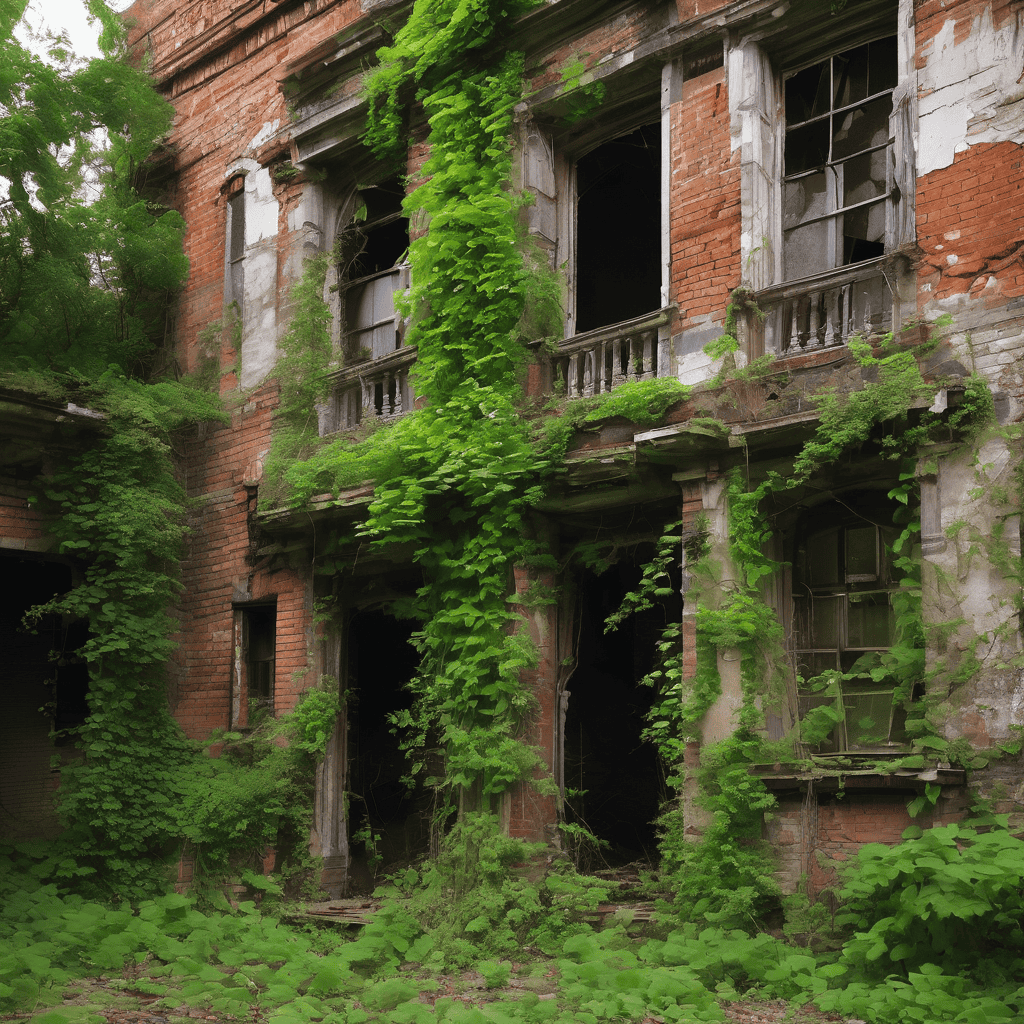
Urban exploring, or “urbex,” is the exploration of man-made structures, often abandoned or hidden from the public eye. It’s a pastime that has captivated thrill-seekers and history buffs alike, offering a unique blend of adventure, photography opportunities, and a deep dive into the past. From abandoned factories and hospitals to rooftop vistas and underground tunnels, urban exploration unveils a world brimming with secrets and stories.
In this article, we’re on a mission to uncover the best places to go urban exploring near you. Whether you’re a seasoned explorer or a curious newcomer, we’ll guide you to the hidden gems and forgotten sites perfect for your next adventure. Get ready to delve into the fascinating world of urban exploration, where every discovery is a step back in time and every journey a story waiting to be told.
What is Urban Exploring?
Urban exploring, often abbreviated as “urbex,” is an exhilarating activity that involves the exploration of man-made structures, typically abandoned or hidden from the general public. This pursuit combines elements of adventure, history, and photography, drawing a diverse range of enthusiasts eager to uncover the secrets of forgotten places. To truly appreciate the allure of urban exploring, it’s essential to understand its origins, the different types of explorations, and the unique experiences it offers.
Urban Exploring: A Beginner’s Guide to Thrilling Discovery 2024
Definition and History
Urban exploring is the exploration of built environments that are usually off-limits or forgotten. This can include anything from abandoned factories and decaying hospitals to derelict amusement parks and hidden bunkers. The practice is rooted in curiosity and a desire to discover and document spaces that have been left behind by time. For many, urbex is more than a hobby; it’s a way to connect with the past and experience the remnants of human activity in a raw and unfiltered state.
The history of urban exploration is as varied as the locations it encompasses. Its origins can be traced back to early 20th-century Paris, where a group of enthusiasts known as the “cataphiles” began exploring the city’s extensive network of underground tunnels and catacombs. Over the years, the practice has grown in popularity, fueled by the advent of digital photography and the rise of online communities. Today, urban explorers can be found worldwide, sharing their discoveries and experiences through blogs, social media, and dedicated forums.
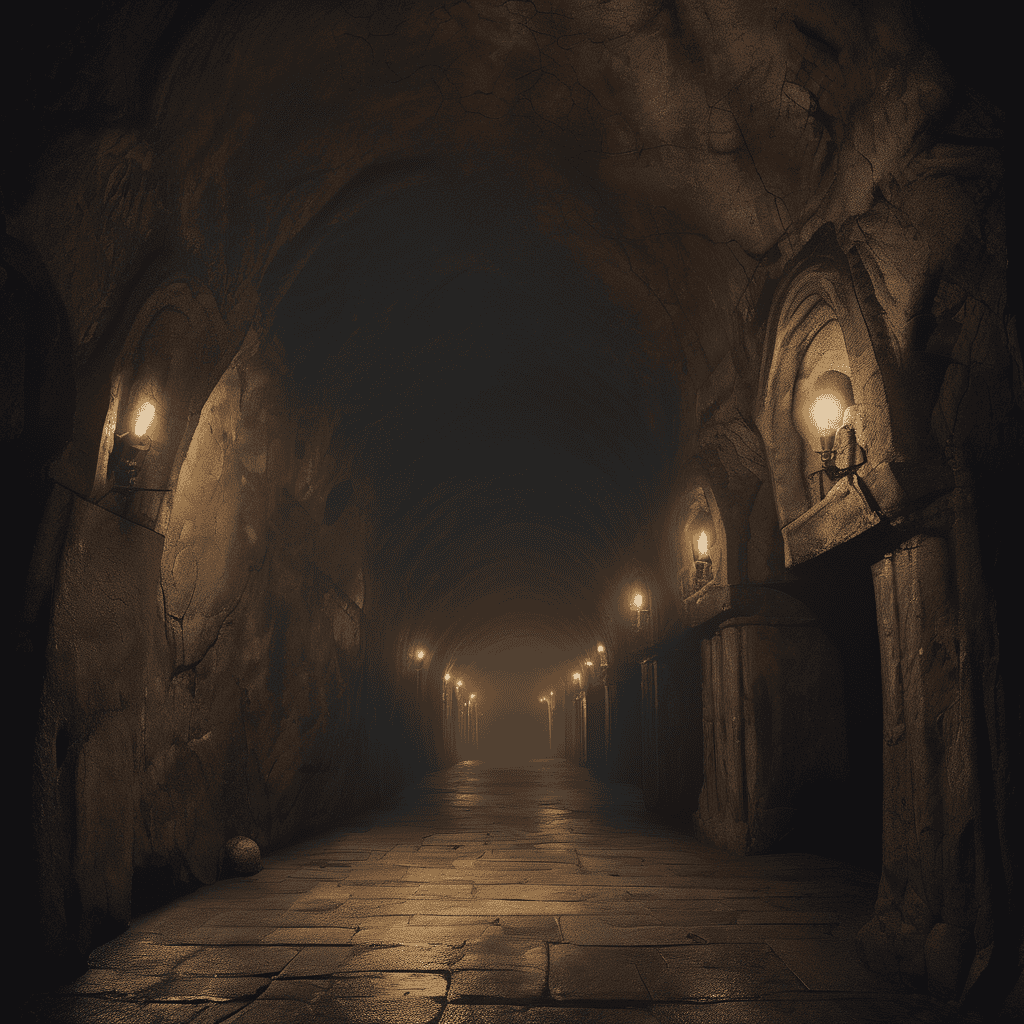
Types of Urban Exploration
Urban exploration can be broadly categorized into several types, each offering a unique set of challenges and rewards. One of the most popular forms is the exploration of abandoned buildings. These sites, which can include anything from defunct factories and schools to crumbling hotels and theaters, offer a glimpse into the past and a chance to see what happens when nature begins to reclaim human-made structures. The eerie beauty of decaying architecture and the remnants of lives once lived make these locations a favorite among photographers and history enthusiasts alike.
Another fascinating type of urban exploration involves underground spaces. This can include exploring sewers, subway tunnels, and forgotten bunkers. These subterranean adventures often require more preparation and equipment due to the potential hazards, such as low oxygen levels and structural instability. However, the payoff can be immense, offering explorers a chance to uncover hidden parts of cities that are rarely seen by the public. The sense of mystery and the thrill of navigating these dark, labyrinthine spaces make underground exploration a compelling pursuit.
Rooftops and Skyscrapers
For those who prefer heights over depths, rooftop exploration provides a different kind of thrill. Known as “roof-topping,” this involves accessing the rooftops of high-rise buildings, often without permission, to capture breathtaking views of urban landscapes. This type of exploration is particularly popular in major cities, where the skyline offers stunning photographic opportunities. Roof-toppers often seek the perfect vantage point to capture sunrises, sunsets, and the dazzling lights of the city at night. However, this form of urban exploring comes with significant risks, including legal consequences and the dangers associated with high altitudes and unsecured structures.
Each type of urban exploration offers its own unique challenges and rewards, but they all share a common thread: the desire to uncover and document the hidden and forgotten parts of our built environment. Whether delving into the depths of underground tunnels or scaling the heights of urban rooftops, urban explorers are united by their passion for discovery and their appreciation for the stories that these forgotten places have to tell.
Underground Tunnels and Bunkers
Exploring underground tunnels and bunkers is a unique and thrilling branch of urban exploration that takes enthusiasts below the surface, into the hidden veins of the city. These subterranean adventures reveal a side of urban life that most people never see, offering a mix of historical intrigue, architectural wonder, and a sense of mystery that is both exciting and eerie. From forgotten subway tunnels to Cold War-era bunkers, these underground spaces are rich with stories waiting to be uncovered.
Historical Significance and Variety
Underground tunnels and bunkers often hold significant historical value. Many of these structures were built during times of conflict, such as World War II and the Cold War, serving as shelters or secret routes for military and government use. For example, the extensive network of London’s abandoned underground stations, known as the “ghost stations,” offers a glimpse into the city’s wartime past. These hidden passages, once bustling with activity, now lie silent and forgotten, providing a poignant reminder of history.
In addition to wartime relics, many cities have vast sewer and drainage systems that, while not originally intended for exploration, have become popular with urban explorers. These networks, like the famous Paris Catacombs, extend for miles beneath the city streets and contain centuries-old bones and artifacts. Similarly, the underground passageways beneath cities like New York and Tokyo were built for practical purposes but now serve as intriguing exploration sites, offering explorers a chance to see the hidden infrastructure that keeps these metropolises running.
Challenges and Rewards
Exploring underground tunnels and bunkers comes with a unique set of challenges. Safety is a primary concern, as these environments can be hazardous. Potential risks include structural instability, flooding, low oxygen levels, and the presence of harmful gases. Navigating these spaces requires careful planning and proper equipment, such as flashlights, helmets, gas masks, and sometimes even climbing gear. Moreover, the legality of accessing these tunnels can be questionable, and explorers must be aware of trespassing laws and potential legal repercussions.
Despite these challenges, the rewards of underground exploration are immense. The thrill of discovery is heightened by the knowledge that few have ventured into these depths. Each tunnel or bunker tells a story, from the graffiti and artifacts left behind by previous explorers to the architectural details that reveal the purpose and era of the structure. The quiet and isolation of these spaces provide a stark contrast to the bustling city above, offering a unique perspective and a chance for introspection.
Urban Exploration. Beware Stories of Abandoned Places 2024
Underground exploration also offers unparalleled opportunities for photography. The interplay of light and shadow in these dark, confined spaces creates dramatic and evocative images. Photographers often find inspiration in the decay and abandonment, capturing the haunting beauty of forgotten places. The challenge of lighting these spaces and finding interesting compositions adds an extra layer of creativity to the exploration experience.
In summary, exploring underground tunnels and bunkers is a captivating and challenging aspect of urban exploration. It requires careful preparation and a willingness to venture into the unknown, but the rewards are well worth the effort. These hidden spaces, rich with history and mystery, offer a unique and thrilling adventure for those brave enough to seek them out. Whether you’re drawn to the historical significance, the architectural beauty, or the sheer thrill of discovery, underground exploration provides a fascinating glimpse into the hidden world beneath our feet.
Why Urban Exploring?
Urban exploring, or “urbex,” offers a compelling mix of adventure, creativity, and historical insight that attracts a diverse group of enthusiasts. Whether you’re drawn to the thrill of discovering hidden places, the opportunity to capture unique photographs, or the chance to delve into history, urban exploration provides a multifaceted experience that is both rewarding and educational. In this section, we’ll delve into the primary reasons why people are captivated by urban exploring and what makes it such a fulfilling activity.
Adventure and Thrill
At its core, urban exploring is an adventure. The excitement of stepping into the unknown and the thrill of uncovering hidden spaces is a powerful draw for many. Each exploration is like a treasure hunt, filled with the anticipation of what might be discovered behind the next door or around the next corner. The sense of adventure is amplified by the fact that these places are often off-limits or forgotten, adding an element of risk and exclusivity to the experience.
The adrenaline rush that comes with navigating these abandoned or hidden locations is a major part of the appeal. Urban explorers often find themselves in situations that test their courage and problem-solving skills, from climbing through broken windows and scaling fences to maneuvering through dark, cramped spaces. This sense of danger, combined with the physical and mental challenges involved, makes urban exploring a thrilling and engaging pastime for those who crave excitement and adventure.
Photography
Urban exploration offers unparalleled opportunities for photography, drawing in both amateur and professional photographers who seek to capture the beauty and decay of abandoned spaces. The contrast between light and shadow, the textures of crumbling walls, and the eerie stillness of forgotten places create a unique and visually stunning environment. Photographers are able to experiment with composition, lighting, and perspective in ways that are not possible in more conventional settings.
The appeal of urbex photography lies in its ability to tell stories through images. Each photograph can capture the essence of a place, preserving its history and atmosphere. The remnants of human activity, from old furniture and personal items to graffiti and decay, provide rich subject matter for evocative and powerful images. Urban explorers often share their photographs online, contributing to a growing community of like-minded individuals who appreciate the art and adventure of urban exploration.
Historical Significance
One of the most rewarding aspects of urban exploring is the opportunity to connect with history in a tangible and personal way. Abandoned buildings and forgotten sites are often rich with historical significance, offering a glimpse into the past and the lives of those who once occupied these spaces. Exploring these places allows for a deeper understanding of history, beyond what can be learned from books or museums.
Each site has its own unique story, whether it’s an abandoned factory that played a crucial role in a city’s industrial past, a forgotten hospital that once treated thousands of patients, or a decaying theater that was once a hub of cultural activity. By visiting and documenting these sites, urban explorers help preserve their history and raise awareness of their significance. This aspect of urban exploring appeals to history enthusiasts and anyone interested in learning more about the world around them.
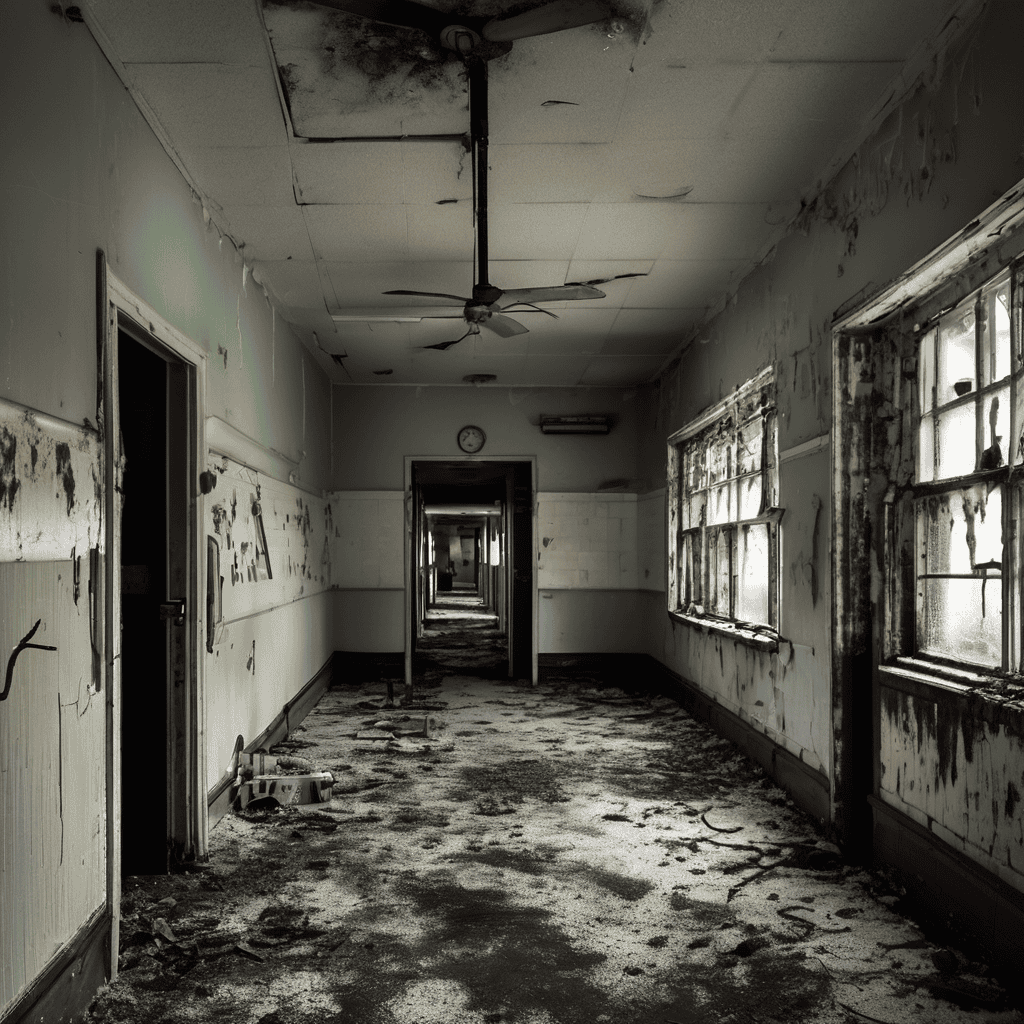
Urban exploring offers a rich and diverse range of experiences that cater to various interests. Whether driven by the thrill of adventure, the desire to capture unique photographs, or a passion for history, urban explorers find immense value in uncovering and documenting the hidden and forgotten parts of our built environment. This multifaceted activity not only provides personal fulfillment but also contributes to a broader understanding and appreciation of the history and stories that shape our cities and communities.
Best Places to Go Urban Exploring Near Me
Urban exploration offers a gateway to uncovering the hidden gems and forgotten sites of your local area. From the eerie silence of abandoned buildings to the labyrinthine depths of underground tunnels, each exploration promises a unique and thrilling experience. In this section, we will explore some of the best types of locations for urban exploring, including city-specific recommendations, abandoned buildings, underground spaces, rooftops, and historical sites. Each of these categories offers a distinct adventure and a chance to delve into the rich tapestry of urban history.
City-Specific Recommendations
Urban exploring opportunities can vary greatly depending on your location. Major cities often have a wealth of abandoned and hidden sites, from old industrial buildings to forgotten historical landmarks. For instance, Detroit, with its industrial decline, is a treasure trove for urban explorers. The city’s landscape is dotted with abandoned factories, schools, and theaters, each telling a story of its vibrant past and subsequent decline. Similarly, cities like Berlin, London, and New York offer a mix of historical and modern urban exploration sites, from World War II bunkers to disused subway stations.
Smaller towns can also offer hidden gems that are less well-known but equally fascinating. These locations often have a more intimate feel and may be less frequented by other explorers. For example, the abandoned mining towns in the Appalachian region or the forgotten railway stations in rural areas of France provide unique insights into local history and culture. Exploring these smaller sites can be particularly rewarding for those who enjoy uncovering lesser-known stories and places.
Abandoned Buildings
Abandoned buildings are a cornerstone of urban exploration, offering a hauntingly beautiful glimpse into the past. These sites, which can include factories, hospitals, schools, hotels, and more, are often left in a state of decay, providing a striking contrast to the bustling urban environment. For example, the Packard Automotive Plant in Detroit, once a symbol of industrial might, now stands as a sprawling, graffiti-covered ruin, attracting explorers from around the world.
Each abandoned building has its own unique character and history. Hospitals, like the infamous Beelitz-Heilstätten in Germany, once served as centers of medical care but are now eerie reminders of their former purpose. Schools, like those found in the rust belt of the United States, tell stories of communities that have changed or disappeared. Exploring these sites allows urban explorers to connect with the past in a visceral way, walking through hallways that were once filled with activity and life.
Underground Exploration
Exploring underground tunnels and spaces is a thrilling aspect of urban exploration that takes you beneath the surface of the city. These subterranean adventures can include anything from abandoned subway stations and sewage tunnels to wartime bunkers and catacombs. For instance, the Paris Catacombs, with their miles of ossuaries and hidden chambers, offer a macabre yet fascinating journey into the depths of history.
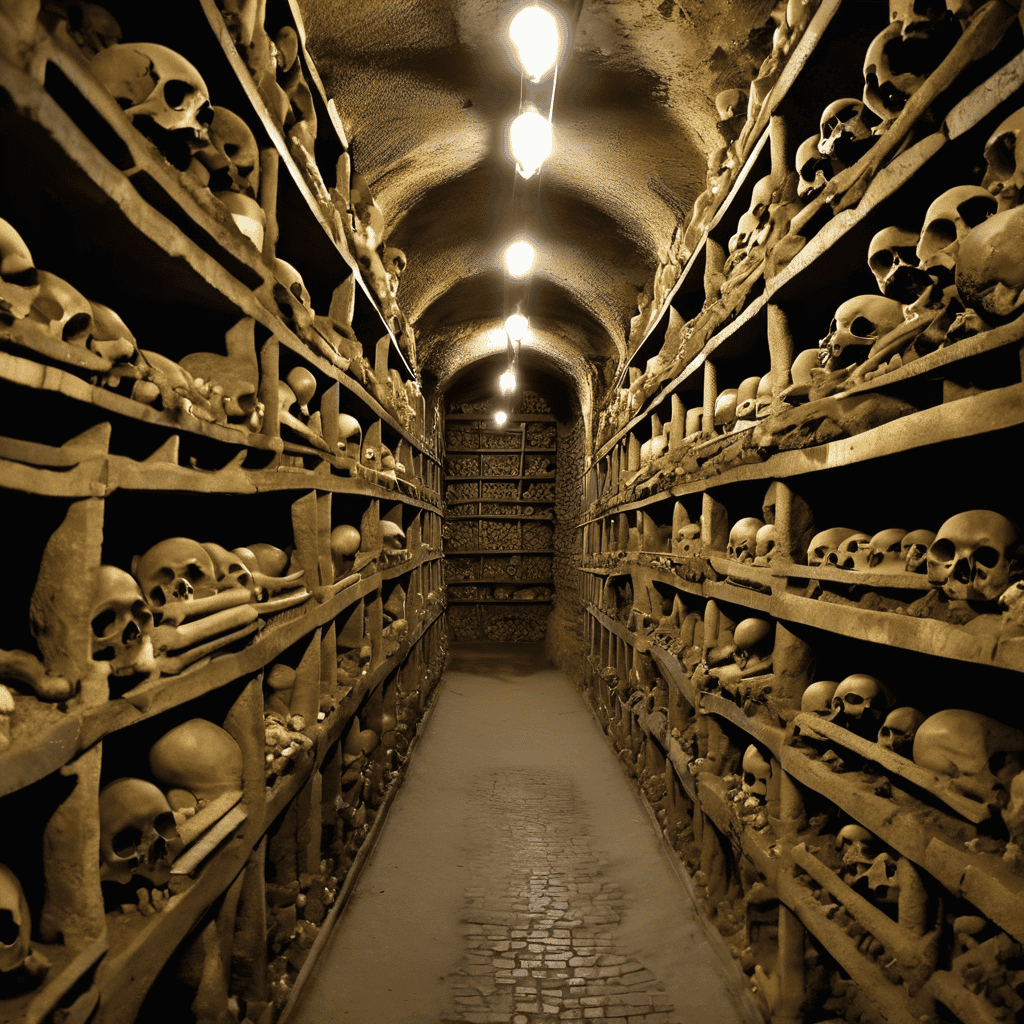
Underground exploration requires careful preparation and awareness of potential hazards, such as low oxygen levels, unstable structures, and flooding. However, the rewards are immense. These hidden spaces often reveal a side of urban life that is rarely seen, from the intricate engineering of old sewer systems to the graffiti and art left behind by previous explorers. The sense of isolation and the thrill of navigating dark, confined spaces make underground exploration a compelling pursuit for those seeking a unique adventure.
Rooftop Adventures
For those who prefer heights to depths, rooftop exploration offers a different kind of thrill. Known as “roof-topping,” this involves accessing the rooftops of high-rise buildings, often without permission, to capture breathtaking views of urban landscapes. Cities like New York, Hong Kong, and Dubai, with their towering skylines, are particularly popular among roof-toppers, offering stunning photographic opportunities of the cityscape below.
Roof-topping is not without its risks, including the danger of falling and potential legal consequences for trespassing. However, for many urban explorers, the allure of capturing a perfect sunrise or sunset from a vantage point high above the city is worth the effort. The adrenaline rush of being on top of the world, combined with the sense of achievement from reaching such heights, makes rooftop adventures a sought-after experience for thrill-seekers and photographers alike.
Historical Sites
Exploring historical sites adds a rich layer of context to urban exploration, allowing you to connect with the past in a tangible way. These sites can include anything from ancient ruins and castles to old forts and historical landmarks. For example, the ruins of Bannerman’s Castle on Pollepel Island in New York offer a fascinating glimpse into early 20th-century military history, while the crumbling remains of Pompeii provide a poignant window into ancient Roman life.
Urban Exploration Dallas Unveiled: Beyond the Glittering Skyline – A Beginner’s Guide to
Historical sites often have well-documented histories, making it easier to understand their significance and the stories they hold. Exploring these locations allows urban explorers to step back in time and experience history firsthand. Whether it’s walking through the remnants of a medieval castle or exploring the bunkers of a World War II fort, historical sites provide a rich, educational experience that combines the thrill of exploration with a deeper understanding of the past.
The best places to go urban exploring near you can vary widely, offering a diverse range of experiences. Whether you’re drawn to the haunting beauty of abandoned buildings, the thrill of underground exploration, the breathtaking views from rooftops, or the historical significance of ancient ruins, urban exploration offers a unique and rewarding way to discover the hidden gems of your local area. Each adventure provides a chance to connect with the past, capture stunning photographs, and experience the excitement of uncovering the unknown.
Tips for Urban Exploring
Urban exploring is an exciting and rewarding activity, but it requires careful planning and consideration to ensure a safe and successful adventure. Whether you’re a seasoned explorer or new to the world of urbex, following these essential tips will help you navigate the challenges and maximize your experience. In this section, we’ll cover crucial aspects of urban exploring, including safety, legal considerations, and the gear essentials you’ll need.
Safety First
Safety is paramount when it comes to urban exploring. Abandoned and hidden sites can present numerous hazards, including unstable structures, broken glass, and hazardous materials. Before setting out, it’s important to research the location and understand the potential risks involved. Wearing appropriate safety gear, such as sturdy boots, gloves, and a hard hat, can protect you from common dangers. Additionally, always carry a first-aid kit in case of minor injuries.
When exploring, it’s crucial to remain vigilant and aware of your surroundings. Avoid going alone; exploring with a partner or a small group can provide additional safety and support. Always let someone know where you’re going and when you expect to return. Carrying a charged cell phone and a reliable flashlight with extra batteries is essential, as many sites lack electricity and natural light. Lastly, trust your instincts—if a location feels too dangerous or unstable, it’s best to turn back and find a safer alternative.
Legal Considerations
Understanding the legal implications of urban exploring is crucial to avoid potential trouble with the authorities. Trespassing laws vary by location, and accessing certain sites without permission can lead to fines or legal action. Research the laws in your area and seek permission where possible. Some sites may require permits or permission from property owners, while others may be publicly accessible but still dangerous or off-limits after certain hours.
To minimize legal risks, avoid exploring during times when the site is likely to be monitored, such as during business hours or when security personnel are present. Be discreet in your activities—avoid drawing attention to yourself and respect any posted signs indicating private property or restricted areas. If confronted by authorities, remain polite and cooperative. Explain your intentions clearly, and be prepared to leave the site if asked. Respecting the law and the property you explore not only protects you but also helps preserve the urban exploring community’s reputation.
Gear Essentials
Having the right gear is essential for a successful urban exploration adventure. Start with clothing that provides protection and comfort, such as long pants, long sleeves, and durable footwear. Depending on the site, additional protective gear like gloves, a hard hat, and knee pads might be necessary. Layering your clothing can help you adapt to varying temperatures and conditions inside abandoned buildings or underground spaces.
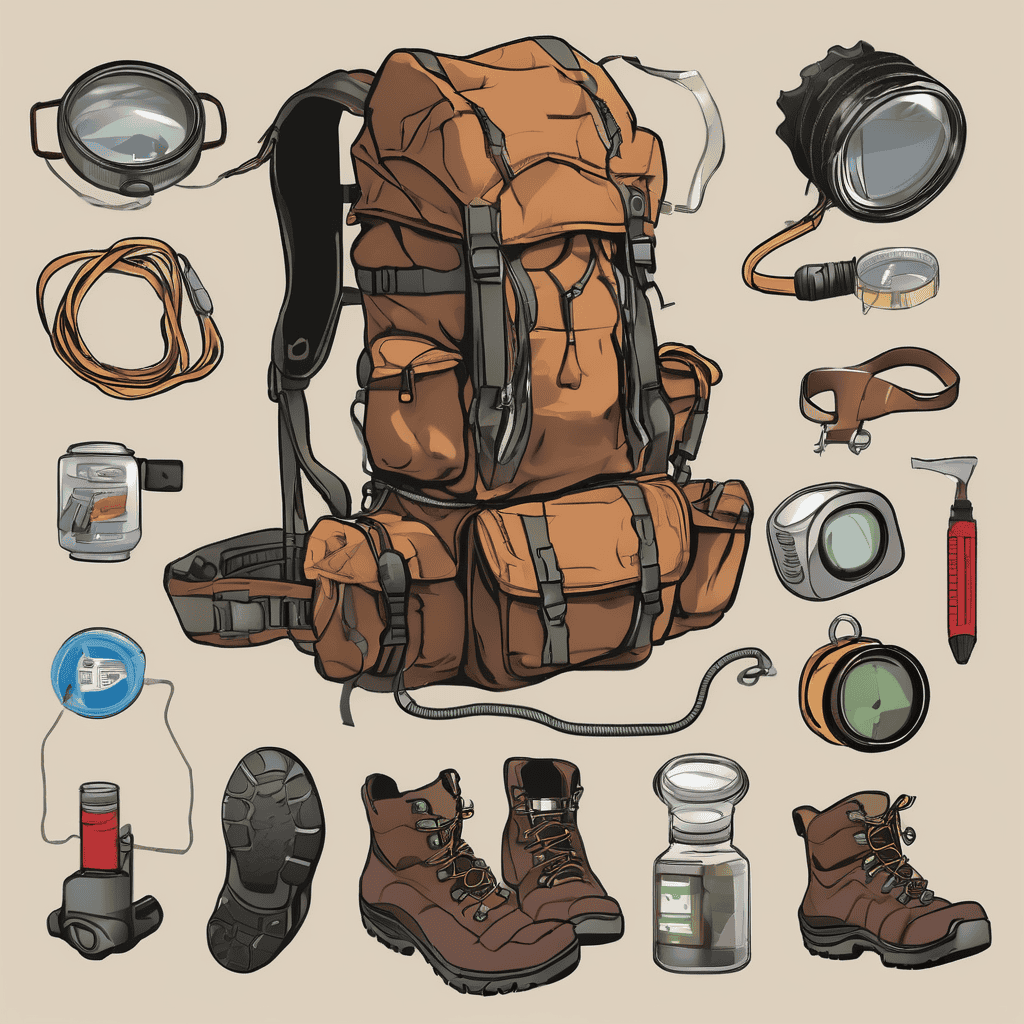
Beyond clothing, several tools and accessories are indispensable for urban exploring. A high-quality flashlight is a must, as many sites lack reliable lighting. Carry extra batteries and consider bringing a backup light source. A multi-tool or a Swiss Army knife can be useful for various tasks, from cutting through obstacles to making quick repairs. A sturdy backpack will help you carry your gear comfortably, and it should include essentials like water, snacks, a first-aid kit, and a map or GPS device.
Documenting your exploration is a significant part of the experience, so bring a camera or a smartphone with good photo capabilities. For more advanced photography, consider a tripod and additional lenses. Always pack out what you pack in—leaving no trace helps preserve the site for future explorers and shows respect for the environment.

